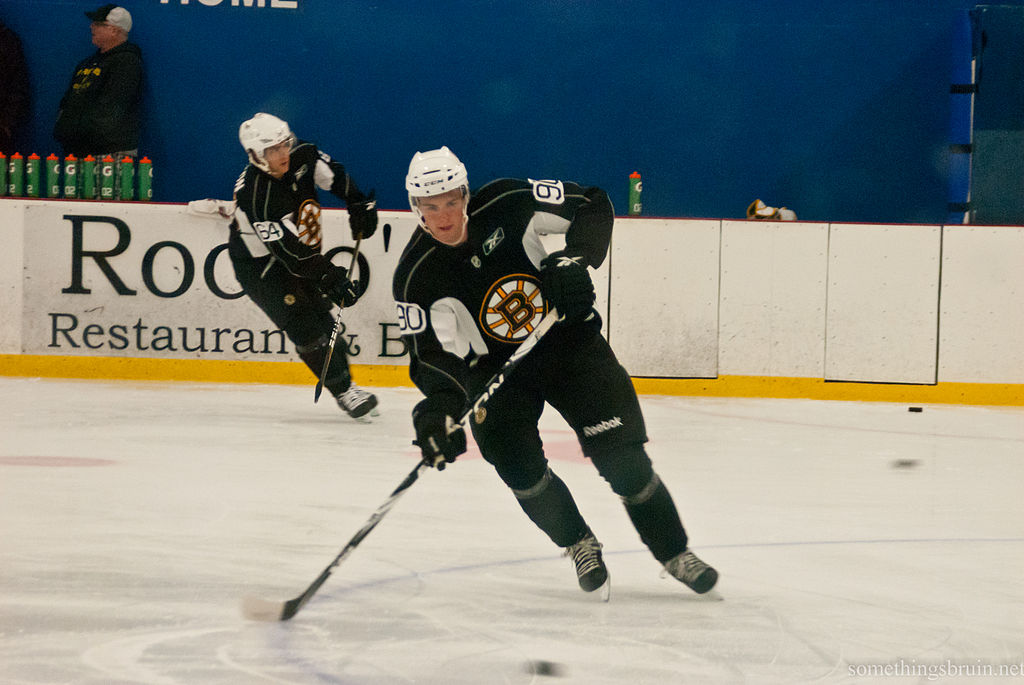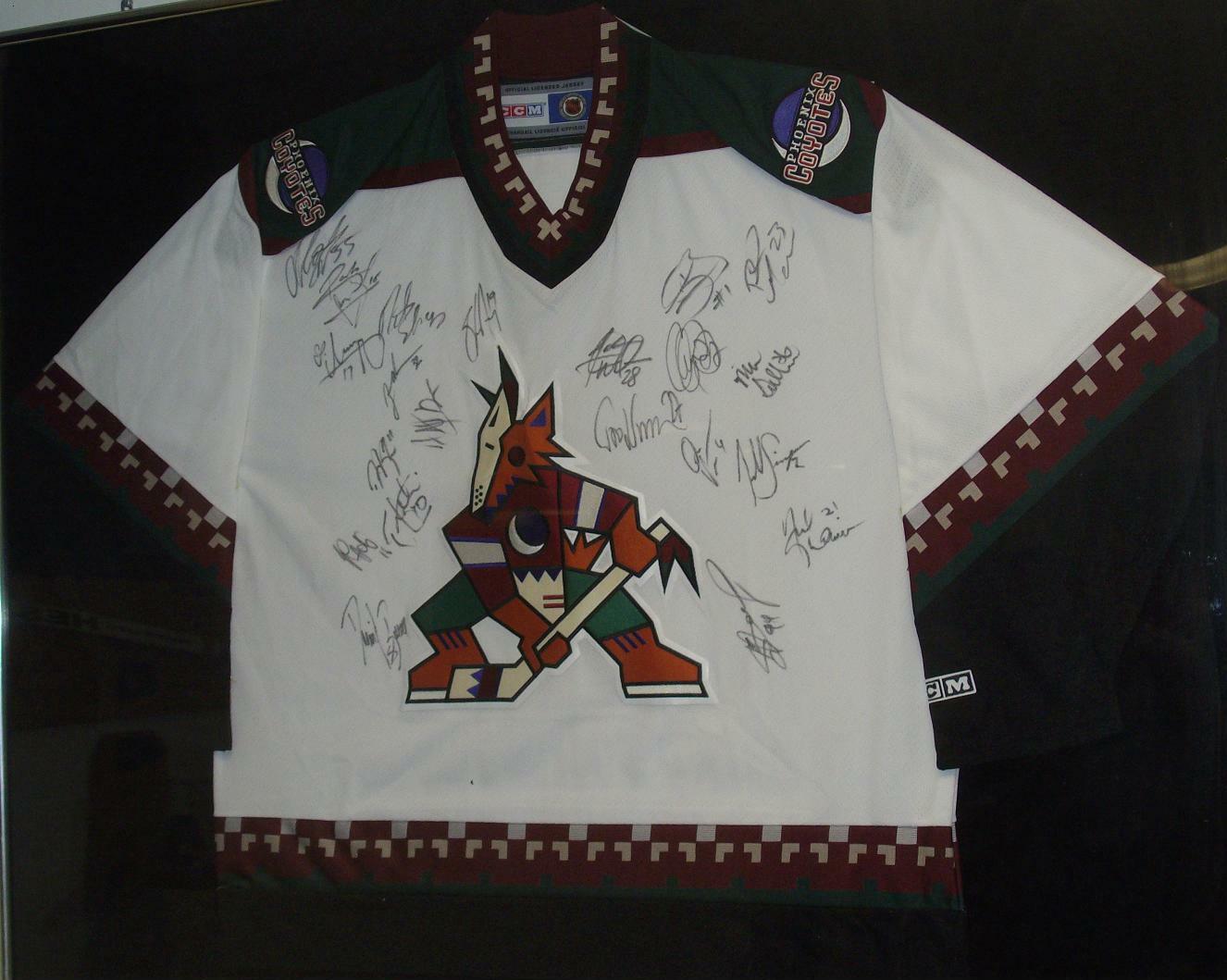By Mikhail Bryan
Think about the last competitive hockey game you watched. Now consider the best player(s) in that game – think about their habits and what they did on the ice that made them stick out in your mind. If it’s hard to pinpoint one exact thing, then this – and these players are likely so good because of their ability to play the game in such a way that everything they do seems above average. It’s difficult to say they’re the best because of one thing they do. Simply put, they’re well-rounded players. One way to achieve a well-rounded game is explored by Daryl Belfry in his book, Belfry Hockey. His idea consists of comparing “high frequency” situations to their success rate.
Daryl Belfry’s High Frequency Method
Belfry explores many cutting-edge ideas and techniques in the realm of player development and overall skill-building for hockey players of all ages. One of the most interesting topics explored centers around an idea Belfry has used as part of his analysis when breaking down a player’s game. We found this to be an idea that could be used outside of hockey just as effectively as Belfry has used it within hockey.
When Belfry begins working with a player, with the goal to improve their individual skills so they can contribute more to the overall team, he often starts with scenarios that occur in this specific player’s game at a high frequency. For a winger, this could be receiving and giving passes on the wall during a breakout. For a defenseman, this could be finding passing lanes during neutral zone regroups.
This idea is relatively straightforward, but Belfry takes it one step further. He then looks at these scenarios to identify instances where the player is having a low success rate. In other words, Belfry wants to hone in on certain situations specific to this player that occur within games at a high frequency, but (for various reasons) the player has a low success rate. One can determine this in many different ways (i.e. exiting the zone with possession and completing a pass in the above examples). Belfry then makes it his goal to take these scenarios from one of high frequency, low success to high frequency, high success. Players who can accomplish this are likely ones that stick out in your mind as a top player at whatever level they play.
What Daryl Belfry Teaches us about Hockey Can Apply to Other Areas
How Belfry moves these players from low to high success rates is his trick of the trade, and we won’t attempt to delve into that. What we will get into, however, is how this idea can be extrapolated to essentially any area of life. Maybe you work in the sales industry and you have no problem scheduling calls and setting up meetings, but you struggle landing deals afterwards. If that’s you, then you’re experiencing high frequency with low success. Or maybe you are a defense attorney and you have no problem getting your clients in front of a jury, but you can’t seem to express your side well enough to convince the jury of your client’s innocence. If these examples resonate with you, don’t worry. The good news is you’re no different than the dozens of NHL players Belfry works with daily.
The biggest step in this process is simply identifying where you could be better. What situations occur with high frequency in your field? Identify as many of those core areas as you can. Then, set out to identify which of those areas your success rate is not as high as it could be. Be honest with yourself, this is not a condemnation but an open assessment. The more honest you are, the more pathways to success you will be able to identify.
Concluding Thoughts
Belfry’s message is one we should all spend more time thinking about, i.e. how can we be more effective in our lives? Where can we improve our percentages, even if they are only slight changes? The difference between success and failure inside and outside of sports often comes down to small, incremental changes made over time. So don’t wait, get started today! For a more in-depth discussion of this topic, I highly recommend picking up a copy of Belfry’s book and exploring these concepts yourself.
Post image attribution: By: Sarah Connors, CC BY 2.0 https://creativecommons.org/licenses/by/2.0, via Wikimedia Commons




